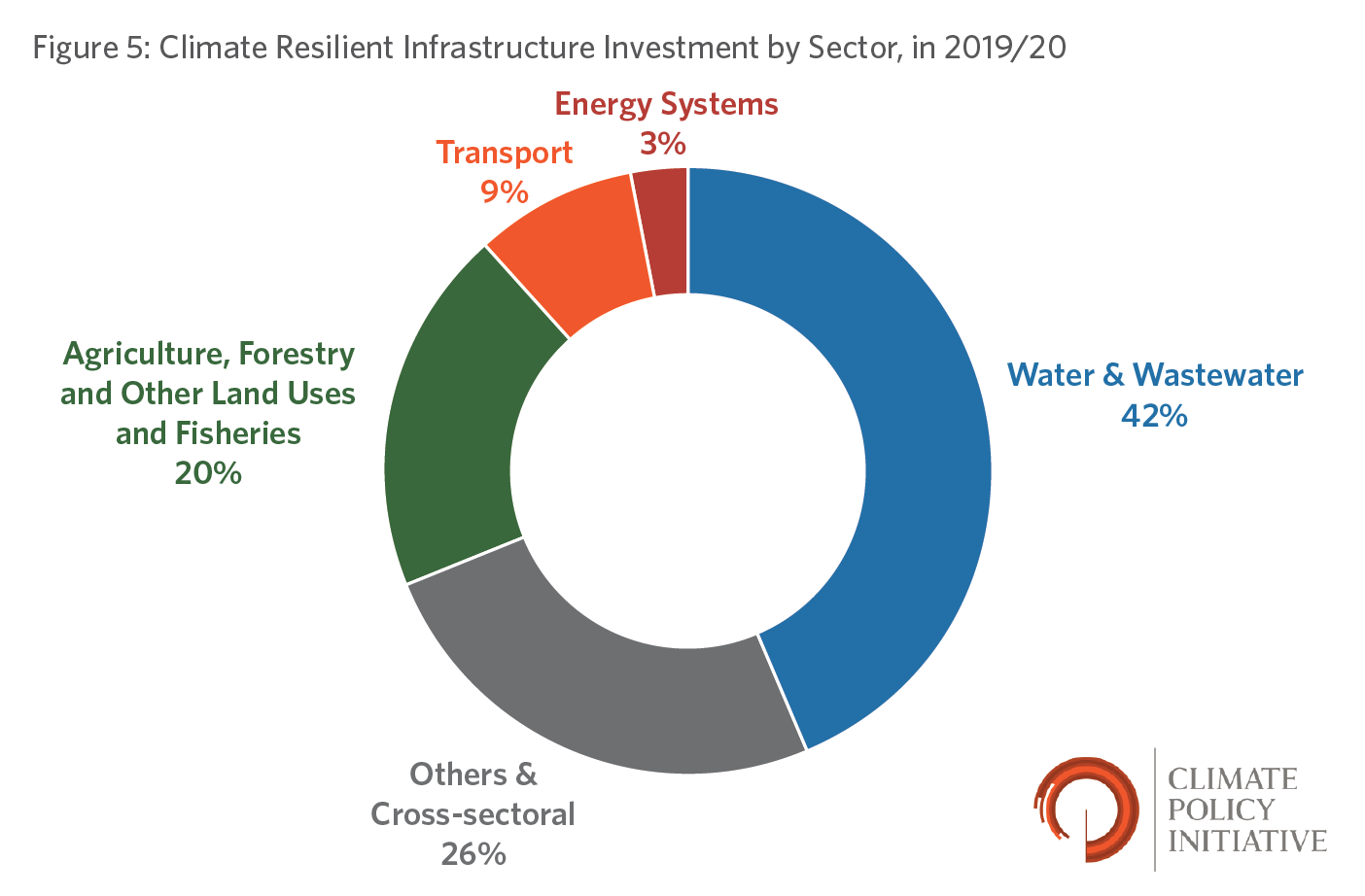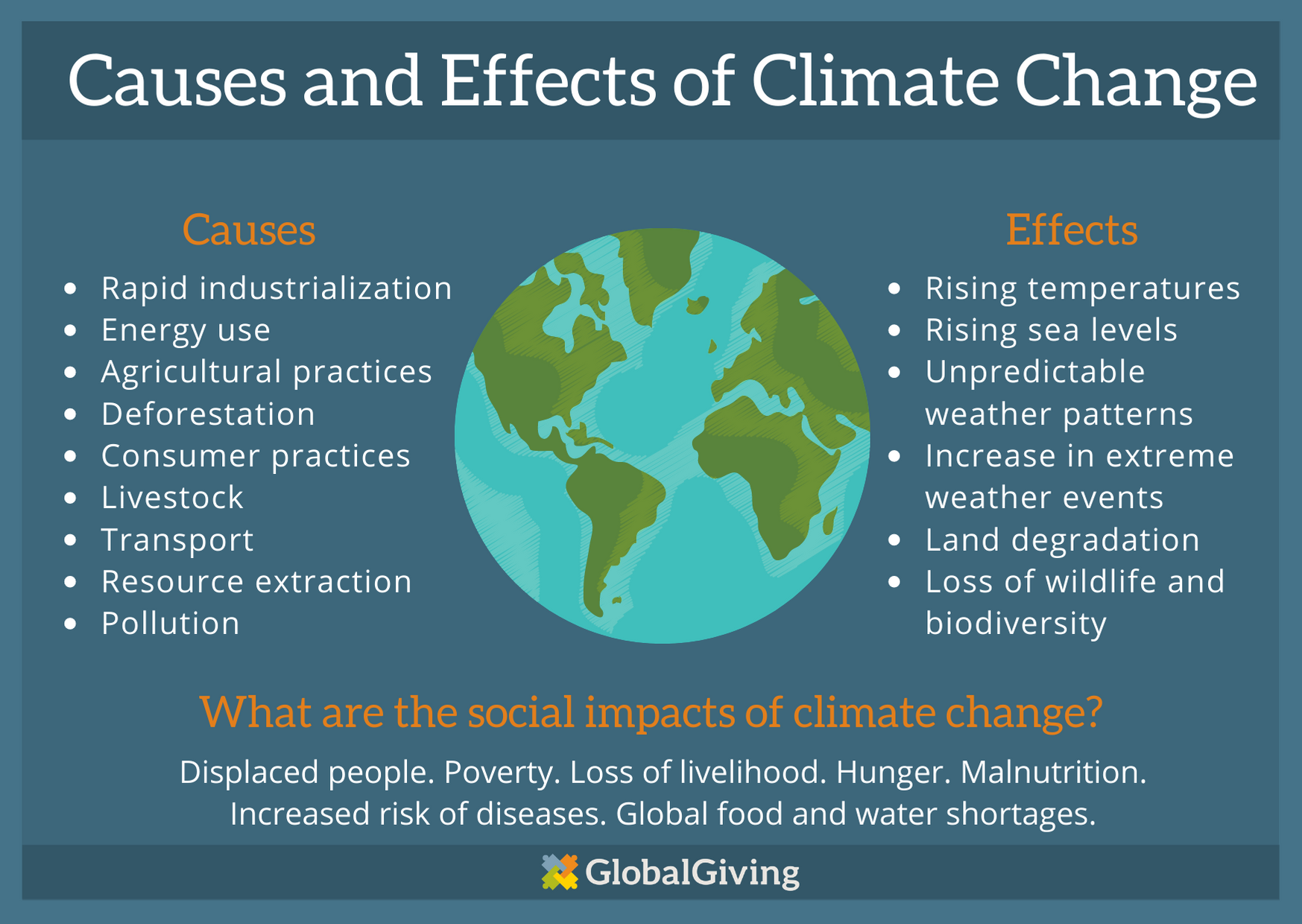Introduction
Climate change is no longer a distant threat but a pressing reality that affects us all. The signs are everywhere: rising global temperatures, extreme weather events, melting glaciers, and disappearing species. The world is at a crossroads, and addressing the climate crisis has become an urgent imperative. In this blog post, we will delve into the critical topic of investing in a climate-resilient future, examining the role of businesses and investors in shaping a sustainable tomorrow.
Understanding Climate Resilience
Climate resilience refers to the ability of systems, communities, and businesses to withstand and adapt to the impacts of climate change. These impacts can manifest in various forms, from increased frequency and intensity of hurricanes and wildfires to disruptions in supply chains due to extreme weather events. Building climate resilience is essential to ensure the long-term viability of both businesses and communities.
Investing in climate resilience involves identifying vulnerabilities, developing strategies to mitigate risks, and adapting to changing environmental conditions. Businesses that prioritize climate resilience are better equipped to navigate the challenges posed by climate change, reduce their exposure to financial risks, and secure a competitive advantage in an increasingly volatile world.
Sustainable Investing and Climate Resilience
Sustainable investing, often referred to as Environmental, Social, and Governance (ESG) investing, has gained significant traction in recent years. It goes beyond the traditional focus on financial returns and considers the broader impact of investments on the environment and society. Sustainable investors seek opportunities that align with their values and contribute to a more sustainable future.
One of the key drivers of sustainable investing is the recognition of climate change as a systemic risk. Investors are increasingly factoring climate-related risks and opportunities into their investment decisions. They are looking for companies that are actively working to reduce their carbon footprint, adopt sustainable practices, and enhance their climate resilience. This shift in investor sentiment is reshaping the business landscape and driving companies to integrate climate considerations into their strategies.
The Business Case for Climate Resilience
Investing in climate resilience is not just a moral imperative; it also makes good business sense. Here are some compelling reasons why businesses should prioritize climate resilience:
Risk Mitigation: Climate-related risks can have significant financial implications. From damage to physical assets to supply chain disruptions, businesses that are unprepared for climate impacts may face substantial losses. Building climate resilience helps mitigate these risks.
Regulatory Compliance: Governments worldwide are implementing stricter regulations to combat climate change. Businesses that proactively address their carbon emissions and environmental impact are more likely to comply with evolving regulations, avoiding potential fines and legal challenges.
Enhanced Reputation: Consumers and investors increasingly favor companies that demonstrate a commitment to sustainability. Building climate resilience can enhance a company’s reputation and attract environmentally conscious customers and shareholders.
Long-Term Sustainability: Climate resilience is essential for the long-term sustainability of a business. Companies that invest in resilience measures are better positioned to thrive in a world where climate change is an ever-present reality.
Strategies for Building Climate Resilience
Building climate resilience requires a proactive approach. Here are some strategies that businesses can adopt to enhance their resilience to climate change:
Assessment and Risk Analysis: Begin by conducting a comprehensive assessment of your company’s vulnerabilities to climate change. Identify areas where climate impacts could disrupt your operations or supply chain.
Adaptation Planning: Develop a clear plan for adapting to climate change. This may involve redesigning infrastructure, diversifying suppliers, or implementing new technologies that can withstand extreme weather events.
Emission Reduction: Reduce greenhouse gas emissions by implementing energy-efficient practices, transitioning to renewable energy sources, and optimizing transportation and logistics.
Supply Chain Resilience: Strengthen your supply chain by diversifying sources, mapping vulnerabilities, and collaborating with suppliers to build mutual resilience.
Engage Stakeholders: Involve employees, customers, and local communities in your climate resilience efforts. Their input and support can be invaluable in implementing effective strategies.
Data and Technology: Invest in data collection and analysis tools to monitor climate-related risks in real-time. Technology can provide early warning systems and facilitate decision-making.
Case Studies in Climate Resilience
Let’s explore a few real-world examples of companies that have taken proactive steps to build climate resilience:
Walmart: The retail giant has committed to becoming a regenerative company. It aims to protect, manage, and restore at least 50 million acres of land and one million square miles of ocean by 2030. This commitment not only addresses climate change but also positions Walmart as a leader in sustainability.
Microsoft: Microsoft has pledged to be carbon negative by 2030 and remove all the carbon it has emitted since its founding by 2050. The company is investing in renewable energy and carbon capture technologies to achieve these goals while actively engaging with suppliers to reduce their emissions.
Unilever: Unilever, a consumer goods company, has committed to making all its products and packaging fully recyclable, reusable, or compostable by 2025. This bold sustainability initiative not only reduces the company’s environmental footprint but also responds to consumer demand for eco-friendly products.
Conclusion
Investing in a climate-resilient future is no longer an option but a necessity. Businesses that embrace climate resilience not only protect themselves from the growing risks associated with climate change but also position themselves as leaders in sustainability. Sustainable investing is driving a transformation in the corporate world, with investors seeking companies that are proactive in addressing climate-related challenges.
As the effects of climate change continue to intensify, businesses must prioritize climate resilience to ensure their long-term viability. By assessing vulnerabilities, developing adaptation strategies, and reducing emissions, companies can contribute to a more sustainable and climate-resilient future for all.
In a world where climate action is no longer a choice but an imperative, investing in a climate-resilient future is an investment in our collective well-being and the health of our planet. It’s time for businesses to step up and lead the way toward a more sustainable and resilient future.






